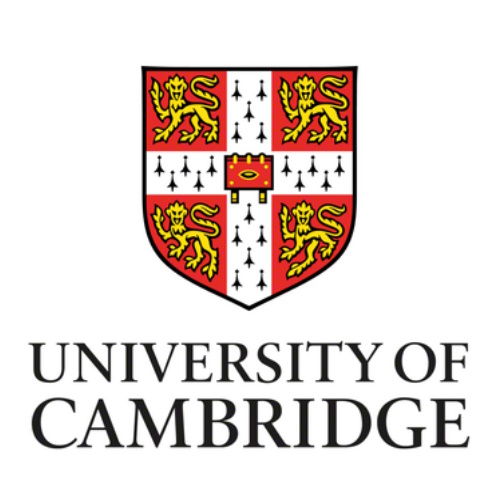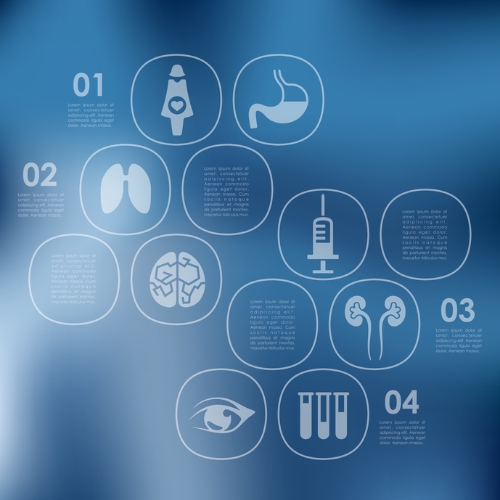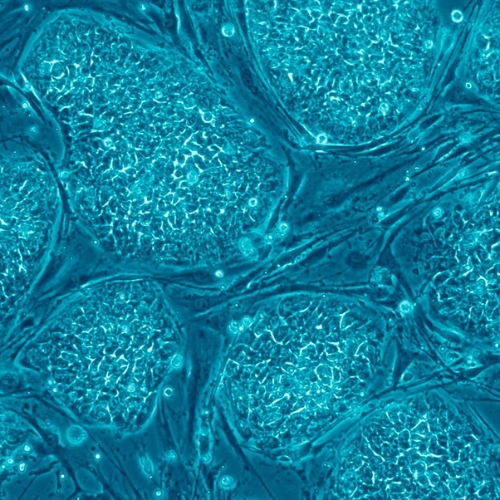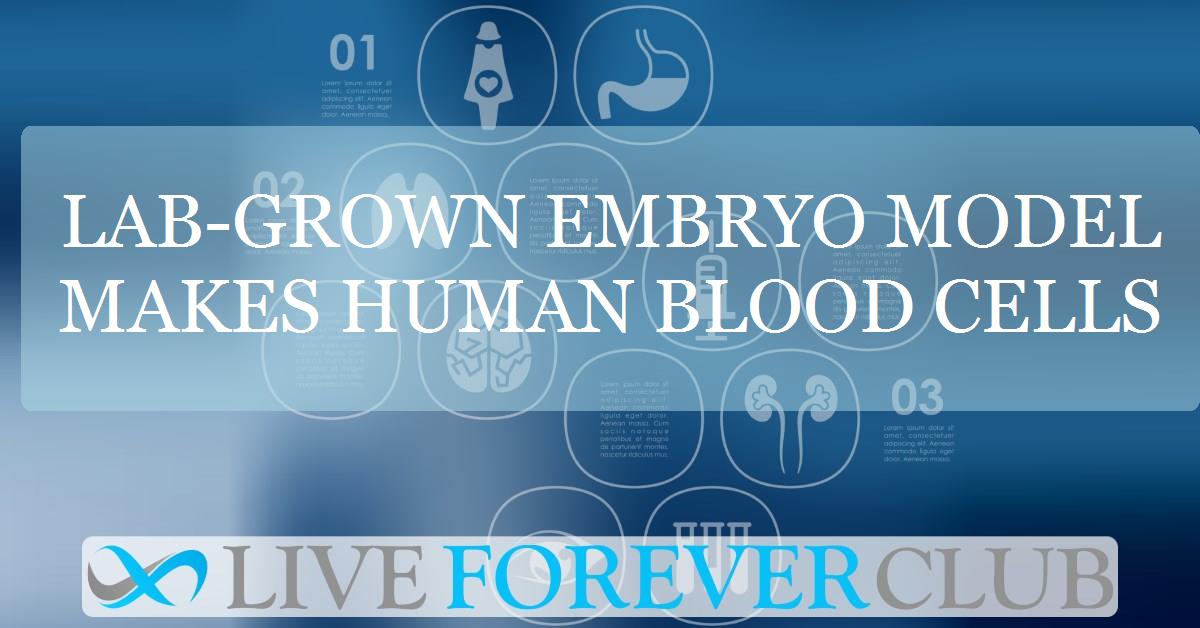Key points from article :
Scientists at the University of Cambridge’s Gurdon Institute have successfully grown human embryo-like structures in the lab that produced functioning blood cells — a breakthrough that could transform regenerative medicine. The study, led by Dr. Jitesh Neupane and Professor Azim Surani, was published in Cell Reports. By generating blood stem cells from human stem cells, this research brings scientists closer to creating lab-grown blood for medical use, potentially allowing patients to receive bone marrow transplants made from their own cells, eliminating issues of immune rejection.
The embryo models were created entirely from stem cells — without using eggs or sperm — and were designed to mimic natural development during the third and fourth week of pregnancy. These self-organising structures recreated early human developmental stages, including the formation of the three germ layers (ectoderm, mesoderm, and endoderm), beating heart cells by day eight, and blood-red patches by day 13. Importantly, the models were engineered to lack tissues such as the placenta and yolk sac, ensuring they could not develop into a viable embryo or foetus.
Unlike previous techniques that relied on complex protein cocktails, this new system allows cells to naturally organise and differentiate, closely following the body’s own developmental cues. The researchers observed the spontaneous appearance of blood cells, which could later be coaxed into forming red and white blood cells — vital for oxygen transport and immune defence.
Beyond its immediate medical promise, this model opens up new ways to study early human development and diseases. It offers a powerful platform to investigate how blood and heart cells form in embryos, screen drugs, and better understand conditions such as leukaemia. While still in its early stages, this work represents a significant leap toward personalised regenerative therapies that use a patient’s own cells to repair or replace damaged tissues.








